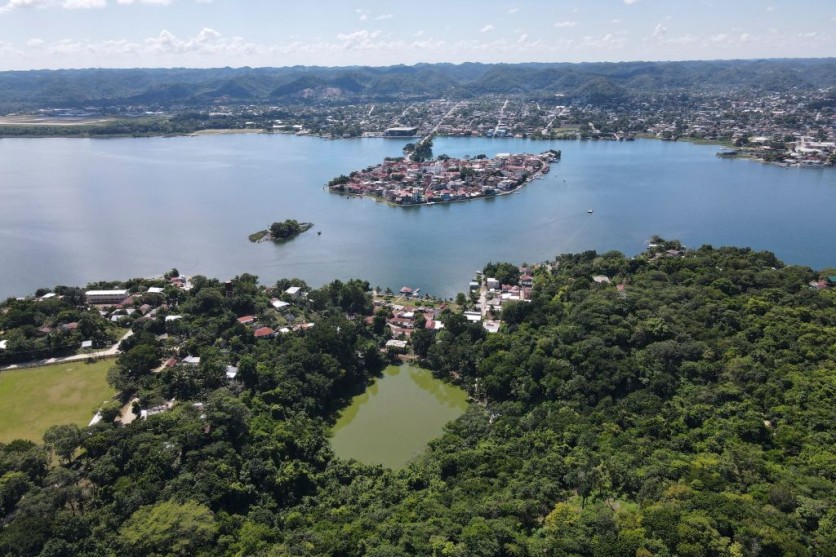New survey has revealed that almost a thousand Maya settlements linked by the world's first network of highways, as reported by Interesting Engineering.

The settlements have over 400 unknown cities hidden by dense forests of northern Guatemala and southern Mexico. It can be recalled that only in December 2022, researchers also discovered a 2000-year-old Mayan civilization in the north of Guatemala.
Thanks to Technology
Researchers were able to uncover this through technology, specifically LiDAR. LiDAR technology uses aircraft to shine light pulses into dense forests that allow researchers to peel off vegetation and map the ancient structures below.
According to the team, there is an extensive network of stone highways used in ancient times that they found. The highways are around 110 miles long, and some are 130 feet wide and elevated up to 16 feet.
Also Read: Deforestation Caused By Ancient Mayan Civilization Still Affecting Central American Soil Today
What Does This Mean?
This reveals the political, social, and economic complexity of events that happened in the area.
The latest discoveries date back to the Pre-Classic Maya period, which is between 1000 BC and 350 BC. This suggests that the powerful city of El Mirador controlled a lot of settlements. This also predates the classical height of the Maya civilization by over five centuries, in which many urban centers flourished in present-day Mexico and Central America.
The Maya Civilization
The Maya civilization began around 2000 BC, and it was made up of several separate and independent city-states. The civilization was located in southeastern Mexico, in Guatemala, and in north-western Honduras. The Maya civilization was considered advanced for its time, as it had a writing system and an organized government. They were also able to form alliances, collect taxes, and trade with each other.
The Mayan Civilization reached its peak during the period from 250 to 900 AD. During this time, the civilization was able to create several great urban centers that exhibited advanced architecture, including the two most prominent were Tikal and the Mirador Basin. However, the civilization started to decline when the cities stopped attracting new residents, the cities were damaged by warfare, and the central governments grew weaker.
The Maya people had rich and complex religious systems. There were many gods and goddesses, including the most important, who are referred to as the "Pantheon of the World."
The Maya had a highly developed writing system, which consists of three different types of writing. The Mayan script was the most advanced writing system at the time, as it had many characteristics that were common in writing systems in Mesoamerica. The characters on the stone inscriptions include pictures, glyphs (that are logograms), and syllables. On this writing system, there are currently over 20,000 known texts.
The Maya Civilization had an organized government, which had several levels. The local government was managed by chiefs, who were responsible for the smaller settlements and the nearby areas.
Related Article: Ancient Mayan Civilization Artifacts Found In World's Largest Underwater Cave

ⓒ 2025 TECHTIMES.com All rights reserved. Do not reproduce without permission.




